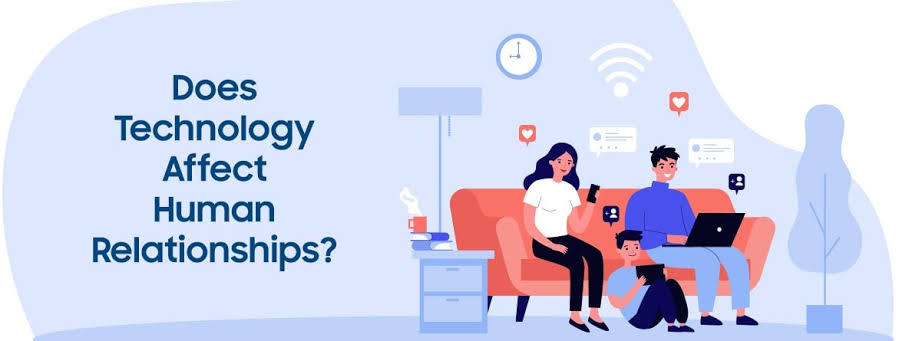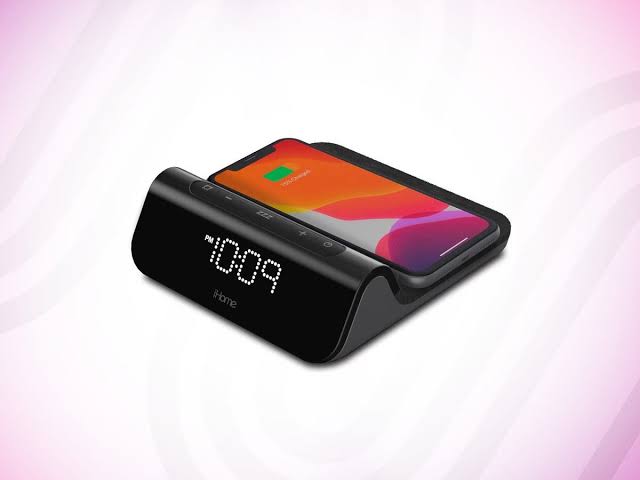In today’s hyperconnected world, gadgets have become integral to our daily lives. From smartphones and smartwatches to tablets, laptops, and wearable fitness trackers, technology continues to evolve and expand its role in human interaction. While these devices offer countless conveniences, they also reshape the way we connect, communicate, and maintain relationships—often in subtle but powerful ways. As of July 2025, the impact of gadgets on social relationships is a double-edged sword, offering both profound benefits and emerging challenges that society must navigate with awareness and intention.
Enhanced Communication and Instant Connectivity
One of the most celebrated effects of modern gadgets is the ability to stay in touch regardless of distance. Instant messaging, video calling, and social media platforms have made it easier to maintain close ties with friends, family, and colleagues around the world.
Through apps like WhatsApp, Zoom, FaceTime, and social media messengers, people can:
- Check in with loved ones instantly
- Participate in group chats or virtual hangouts
- Celebrate events remotely through shared photos and video calls
- Strengthen long-distance relationships with daily interaction
This always-on connectivity has been particularly valuable in globalized families, remote work environments, and international friendships. It breaks down geographical barriers and fosters a sense of presence, even when physically apart.
Diminished Face-to-Face Interaction
However, as reliance on gadgets grows, there’s been a noticeable decline in face-to-face communication. Many people now find themselves opting for digital interaction even in situations where in-person contact is possible.
This shift can lead to:
- Reduced depth in emotional conversations
- Shortened attention spans during real-life encounters
- Difficulty interpreting nonverbal cues like tone, posture, or facial expressions
- A gradual erosion of empathy and active listening skills
This is especially concerning among younger generations, who may grow up prioritizing screen-based relationships over authentic human experiences. While tech connects us broadly, it can also fragment the quality of our most intimate relationships.
The Rise of Digital Dependency
With constant notifications, social updates, and the pressure to respond quickly, gadgets often foster a kind of emotional dependency. People can begin to measure their value or social status by likes, messages, and followers—affecting their self-esteem and sense of belonging.
This digital dependency can strain social bonds in several ways:
- Creating jealousy or insecurity in romantic relationships due to online interactions
- Leading to FOMO (fear of missing out), which causes dissatisfaction and social anxiety
- Fueling conflict over screen time or digital boundaries in families and partnerships
When gadgets dominate attention during dinners, dates, or gatherings, they can create emotional distance even when people are physically together.
Improved Support Networks and Community Building
Despite their drawbacks, gadgets have also helped build powerful support systems and virtual communities. People with niche interests, chronic illnesses, or marginalized identities can find validation and connection online where they might struggle in person.
Through forums, online groups, and social platforms, gadgets help:
- Facilitate peer-to-peer support and counseling
- Provide platforms for advocacy and shared causes
- Allow users to stay updated on loved ones’ lives in real time
- Build bonds across generations, cultures, and continents
In some cases, friendships that begin online can evolve into deep, meaningful relationships—proving that digital tools, when used well, can foster genuine human connection.
The Challenge of Tech Etiquette and Boundaries
Gadgets have introduced a new set of social norms and expectations. Responding to texts quickly, maintaining Snapchat streaks, or constantly updating one’s status can become social obligations. Misunderstandings over response times or online visibility can create tension in relationships.
Moreover, there’s increasing pressure to be “always available,” making it harder for individuals to establish healthy boundaries. Overuse of gadgets can lead to:
- Partner conflicts over time spent on devices
- Feelings of neglect or distraction during quality moments
- Increased stress due to a lack of mental downtime
Navigating digital etiquette—like when to unplug, how to manage group chats, and how to prioritize in-person interaction—has become a crucial skill in modern relationships.
The Influence of Gadgets on Parenting and Family Dynamics
In family life, gadgets play a complex role. On one hand, they allow parents and children to stay connected throughout the day. On the other, they can serve as barriers to bonding if overused or misused.
Many families struggle with:
- Children becoming attached to screens at the expense of real-world interaction
- Parents being distracted by work emails or social media instead of being present
- A lack of shared time or activities not involving devices
However, when used intentionally, gadgets can enhance family time—like watching movies together, playing cooperative games, or video-calling relatives overseas. It all depends on how consciously they’re integrated into family routines.
Strengthening Long-Distance and Cross-Cultural Relationships
For long-distance couples or intercultural friendships, gadgets are lifelines. They enable ongoing interaction through shared calendars, real-time translations, co-watching apps, and even virtual reality environments.
These tools allow for:
- Regular digital dates or activities together
- Shared moments despite time zone differences
- Better understanding of each other’s lives and cultures
This global connection has enriched many relationships that would have been difficult to maintain in earlier decades.
Finding Balance in a Tech-Saturated World
Ultimately, the impact of gadgets on social relationships is neither inherently good nor bad—it depends entirely on how the technology is used. As of 2025, the key challenge is balance: learning to embrace the advantages of connectivity without letting it replace or dilute the authenticity of real-life connection.
Practical strategies for achieving this include:
- Setting “no gadget” times during meals or special occasions
- Practicing mindful usage and digital minimalism
- Using screen time tracking apps to manage habits
- Prioritizing deep conversations over digital small talk
The future of relationships in a tech-driven world will rely on individuals making intentional choices about how, when, and why they use their devices.
Conclusion
Gadgets have redefined the way we communicate, connect, and maintain relationships. They offer incredible tools for staying in touch, expanding communities, and bridging long distances—but they also pose risks to intimacy, empathy, and presence if misused.
By being conscious of our habits, respectful of digital boundaries, and committed to fostering real human connection, we can ensure that our gadgets serve to enhance—not hinder—our social relationships in this increasingly digital age.



